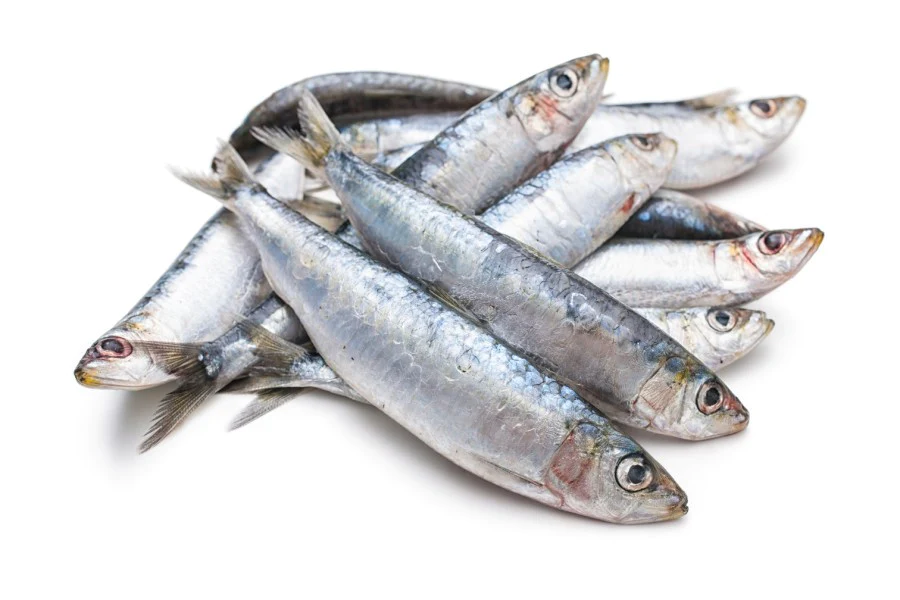Frozen sardines, specifically Sardina pilchardus, are a popular choice for those who enjoy the taste and nutritional benefits of this small fish. Here’s a detailed overview:
Characteristics:
- Species: Sardina pilchardus, commonly known as the European sardine or pilchard, is a species of sardine found in the Atlantic Ocean and the Mediterranean Sea.
- Grade A: This indicates high-quality sardines. Grade A typically means that the sardines are fresh, well-handled, and free from defects. They should be firm, with a clean, bright appearance and no off-putting odors.
- Frozen: Freezing is a method used to preserve sardines, ensuring they remain fresh and are safe to eat. It also helps in maintaining their nutritional value.
Benefits:
- Nutritional Value: Sardines are rich in omega-3 fatty acids, protein, vitamins (especially B12 and D), and minerals like calcium and selenium. They’re considered a healthy addition to your diet.
- Convenience: Frozen sardines can be stored for long periods, making them a convenient option for meal planning. They’re typically easy to prepare, whether you’re grilling, baking, or incorporating them into dishes.
- Flavor: Sardines have a strong, distinctive flavor that can be enjoyed in various recipes. Their taste is often described as robust and slightly briny.
Brands and Quality:
- Various Brands: There are numerous brands that offer frozen sardines, each with its own processing and packaging methods. Some well-known brands might include Crown Prince, Brunswick, or other regional names depending on your location.
- Choosing a Brand: When selecting a brand, consider factors such as sourcing, sustainability practices, and packaging. Look for brands that offer transparency about their sourcing and processing methods.
Preparation and Cooking:
- Thawing: To thaw frozen sardines, place them in the refrigerator overnight. You can also use a quick-thaw method by placing them under cold running water.
- Cooking: Sardines can be prepared in various ways, including grilling, baking, or frying. They can be seasoned with herbs and spices or used in recipes like pasta dishes, salads, or stews.
- Storage: Keep frozen sardines in the freezer until you’re ready to use them. Once thawed, they should be cooked within 1-2 days for best quality.
Sustainability:
When purchasing sardines, consider looking for products that are sustainably sourced. Overfishing and unsustainable fishing practices can impact fish populations and marine ecosystems. Brands that are certified by organizations like the Marine Stewardship Council (MSC) are generally a good choice for ensuring environmentally friendly practices.
Frozen sardines can be a delicious and nutritious addition to your meals. By choosing high-quality, sustainably sourced options, you can enjoy them while also supporting responsible fishing practices.





